THE UNIVERSITY OF CHICAGO PRESS, CHICAGO 60637
THE UNIVERSITY OF CHICAGO PRESS, LTD, LONDON
1974, 2000 by The University of Chicago
All rights reserved. Published 2000
Printed in the United States of America
09 08 07 3 4 5
ISBN: 0-226-47561-1 (paper)
ISBN-13: 978-0-226-22967-6 (e-book)
Library of Congress Cataloging-in-Publication data
Levine, Donald Nathan, 1931
Greater Ethiopia : the evolution of a multiethnic society / Donald N. Levine.2nd ed
p. cm.
Includes bibliographical references and index.
1. EthiopiaSocial conditions. 2. EthnologyEthiopia. I. Title.
HN789.A8 L48 2000
306.0963dc21
99-054186

The paper used in this publication meets the minimum requirements of the American National Standard for Information SciencesPermanence of Paper for Printed Library Materials, ANSI Z39.48-1992.
September 12, 1974, was the official date of publication for the first edition of Greater Ethiopia. It was also the date on which Emperor Haile Selassie was deposed by officers of the Provisional Military Administrative Council, known as the Derg. With that action, the Derg put an end to the institution that played so large a role in the story presented in this book. Subsequent Derg actions provoked revolts that within two decades caused an epidemic of ethnic and regional hostilities, three secessionist movements, and one successful secession, as well as its own downfall.
In view of those disintegrative changes, it was natural to fault Greater Ethiopia for painting an unrealistic picture of Ethiopia as a sustainable multiethnic society. Although the book does depict lines of internal differentiation and external influences that led to enormous diversity among the peoples of Ethiopia, its argument focused on the foundations of unity and patterns of unification. This emphasis was made both for scientific reasons, because the notion of Ethiopia as a congeries of discrete ethnic entities is simply counterfactual; and for practical reasons, out of anxiety about the future of Ethiopias cohesiveness following the regime of Haile Selassie. As subsequent events made painfully clear, that anxiety was justified.
Since the Derg regime ended in 1991, issues raised in Greater Ethiopia have come to the fore in discourse about the future of Ethiopia. That is, of course, personally gratifying, and I am delighted that the book is being reissued now in an Amharic translation and a fresh English edition. For these publications I have composed a short bibliographical addendum. In this new preface, I shall sketch two arguments that may enhance the books contribution to contemporary discourse: an analysis of the grounds for increased interethnic hostilities in Ethiopia in the past quarter century, and a suggestion of ways in which Ethiopians might work to overcome those hostilities and build a more harmonious, just, and open society.
The interethnic hostilities that flared up in Ethiopia following the demise of the Derg reflected, not a sudden manifestation of ethnic tensions, but a process of internal divisiveness going back for decades. In 1962 a major challenge to the Ethiopian center began to brew with the formation of an insurgent liberation front in Eritrea. In 1966 the Metcha-Tulema Development Association began to stake out claims for the Oromo, after which their suppression by the government led to an insurgency in northern Bali. Within the modernizing sector growing tensions were manifest, for example, by serious fights between Tigrean and Oromo students at the Wingate School in the late 1960s, and an Oromo nationalist publication was circulated clandestinely in Addis Ababa in 1971.
With the overthrow of the monarchy, tensions increased. Nearly every political faction that took part in the postrevolutionary skirmishing made appeals to a principle of self-determination of nationalities. Except for the Ethiopian Democratic Union, all of the factions went a long way toward conceding a right of secession, including the presumably centrist EPRP (Ethiopian Peoples Revolutionary Party) and even the Seded party to which the head of the Derg, Mengistu Haile-Mariam, belonged. This sympathy for the self-determination of nationalities led naturally to the formation of insurgent opposition groups on ethnic lines. When a coalition of these ethnic insurgent groups overthrew the Derg, it was not surprising that ethnic allegiances and identities became politicized in consequence. The ascendancy of the Tigrean Peoples Liberation Front (TPLF) and its ethnicist ideology, however much they intensified the trend, must be seen more as a symptom than as a primary cause of the problem. What can be said about its underlying causes?
Sociological analysis points to three factors that intensify local tensions in any society: an administratively strengthened center, a geopolitically weakened center, and a culturally depleted center.
Throughout Ethiopias history there have been tensions between the national center and diverse regional and ethnic groups. Yet the bureaucratic centralization of the postwar years was bound to exacerbate these tensions at the same time that it created elements of enhanced national unity. In a seminal analysis of this problem in the developing states of Africa and Asia first published in 1963, Clifford Geertz described this modern transformation toward greater national unity as an integrative revolution, a change that necessarily involved an intensification of loyalties along lines of ethnicity, clanship, language, locality, race, religion, and/or tradition. More recently, several nations of Europe and North America have experienced comparable developments in waves of what has been called ethnonationalism.
Geertz argued that peoples in modernizing societies are animated by two powerful, thoroughly interdependent, yet distinct and often actually opposed motivesthe desire to be recognized as responsible persons whose wishes, acts, hopes, and opinions matter, and the desire to build an efficient, dynamic modern state. The first aim reflects a powerful wish to be noticed. It is a search for identity coupled with a demand that this identity be publicly acknowledgeda social assertion of the self as having value in the world. The other aim is a demand for progress: for a rising standard of living, more effective political order, greater social justice, and heightened international visibility. As the second aim is pursuedas national governments become more effective in pursuing collective aimsthe tension increases, because peoples sense of self remains linked so closely to attachments based on identities that are not national in scope. To subordinate these familiar identifications to an overarching and often alien civil order is to risk a loss of definition as an autonomous person, either through absorption into a culturally undifferentiated mass or, what seems worse, through domination by some rival ethnic, racial, or linguistic community that is able to imbue that order with the temper of its own personality.
Political modernization quickens sentiments like ethnicity, then, because it involves new extensions of central political institutions into personal lives at many points. Through such structures as nationally organized schools, judicial systems, media broadcasts, taxation, road construction, land-development programs, and electoral campaigns, persons whose lives had been circumscribed by local customs and authorities become ambivalently linked to a national center. They want the benefits such a center provides but not at the cost of humiliating subordination. Those who enter the modern sector through education enter an arena of intensified competition for jobs, authority., and status. Those who stay in the traditional sectors often become more identified with local ways in response to threats to their traditional status and ways of living. All these forces produce greater visibility of ethnic identities, along with more competition and tensions among ethnic groups that formerly got along quietly with one another. It is a time when long-submerged peoples slowly warm to their own self-discovery and begin to recall or imagine a shared past filled with glories, often even to engender resentments against a dominant power that seems responsible for their unrequited dreams and current humiliations. In sum: the dynamics of modernization entail an inexorable increase in conflicts among groups organized along such lines as race, language, ethnicity, religion, or region, in societies where such groups have traditionally lived side by side. The spread of education makes these groups more aware of their identities and interests; increased power, prestige, and wealth at the center give them new ambitions; improved communications give them an arena in which to compete; and the increase of outside interventions makes local groups more sensitive to the identities of agents of the center who are regulating their lives in new ways.

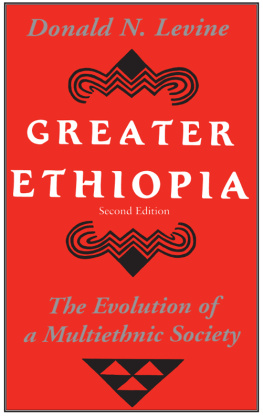
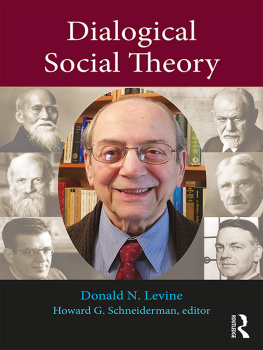
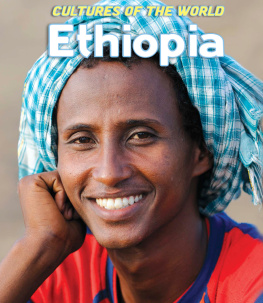

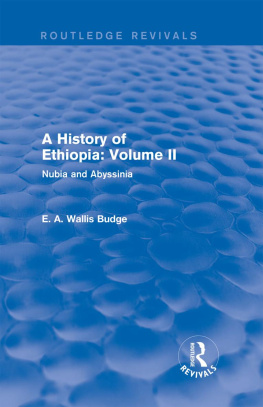
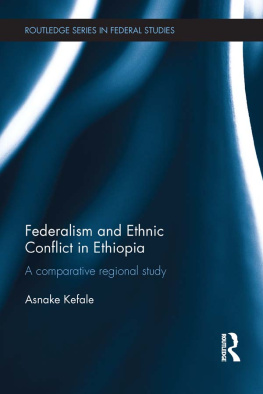
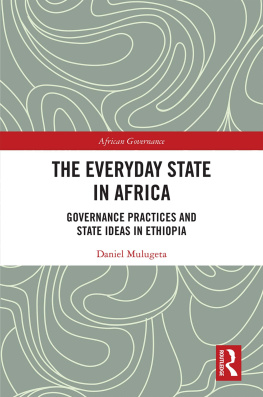
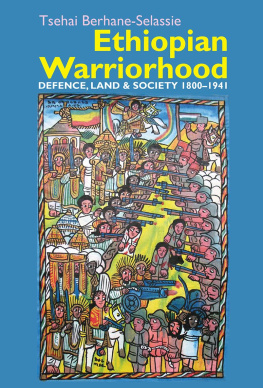
 The paper used in this publication meets the minimum requirements of the American National Standard for Information SciencesPermanence of Paper for Printed Library Materials, ANSI Z39.48-1992.
The paper used in this publication meets the minimum requirements of the American National Standard for Information SciencesPermanence of Paper for Printed Library Materials, ANSI Z39.48-1992.